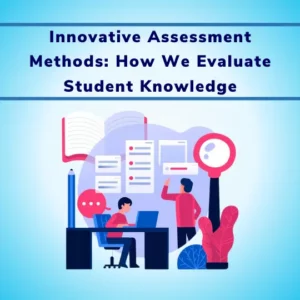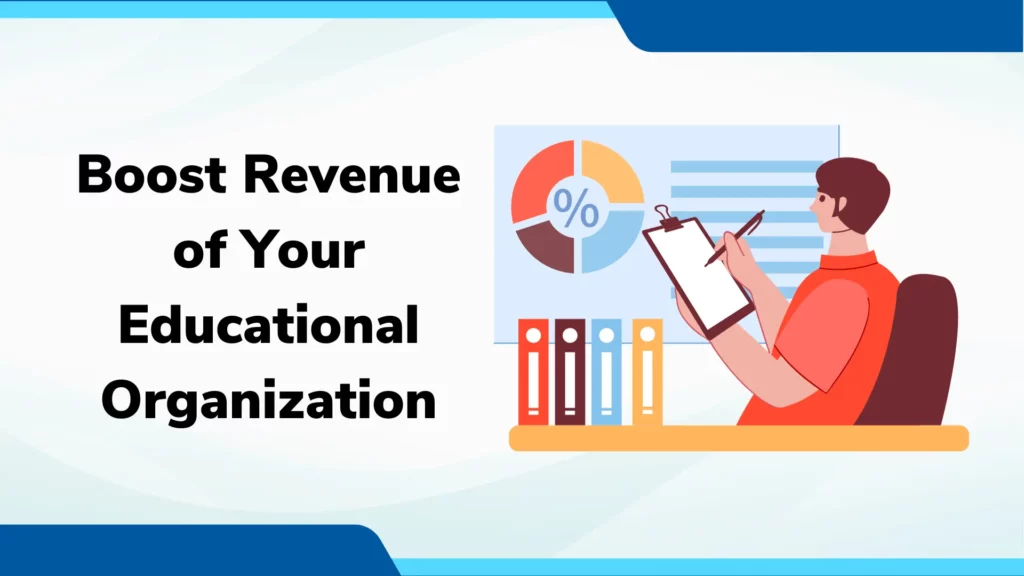
Article Contents
Introduction
Would you believe me if I said you could boost your institute’s revenue by 200% with a minimal investment? Yes, it is possible, and this article shows you exactly what you can do.
With increasing competition, changing student preferences, and the widespread availability of learning resources, educational organizations need to keep up the pace and continuously improve themselves.
Having a good financial situation is a vital part of the growth of your educational institution. It is not common to see educational institutions facing challenges in balancing financial stability with the delivery of exceptional educational experiences.
The good news is that there are practical approaches available to boost revenue without requiring massive infrastructure changes.
Technology can certainly help your institution to serve more students with existing infrastructure. Technology is cost-effective and scalable. We will discuss various approaches and tools to achieve your goal.
Before diving into the tips, let’s see how the increase in revenue can help your educational institute:
4 Tips to increase revenue that can help your educational institute
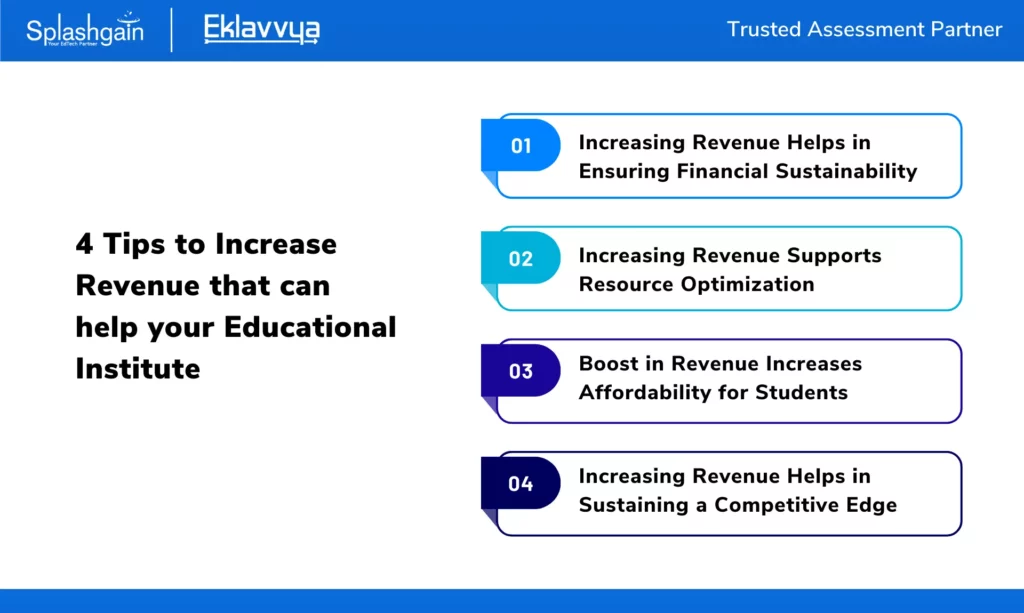
1) Increasing Revenue helps ensure Financial Sustainability.
One of the primary reasons educational organizations explore ways to increase revenue through minor infrastructure improvements is to secure their long-term financial stability.
This allows them to invest in high-quality education and promote growth without straining their financial resources. When an institution remains financially secure, it can provide better resources, attract talented educators, and continuously enhance its offerings.
2) Increasing Revenue Supports Resource Optimization:
Utilizing the infrastructure, you have already minimized the waste of valuable resources and maximized the efficiency of facilities, faculty, and technology.
Efficient allocation of resources is essential for institutions aiming to offer top-notch education while adhering to a lean budget. This approach enables educational organizations to do more with less and allocate resources where they’re most needed.
3) A boost in Revenue Increases Affordability for Students:
Boosted revenue allows educational institutions to keep tuition fees reasonable, which, in turn, draws more students and widens access to education.
The burden of expensive education can discourage potential learners, but by optimizing revenue streams, institutions can provide quality education at an affordable cost, making learning accessible to a broader audience.
4) Increasing Revenue Helps in Sustaining a Competitive Edge:
Improved revenue streams give organizations the competitive edge they need to stay relevant in a dynamic educational landscape.
They can invest in cutting-edge technology, faculty development, and modernization without placing a heavier financial burden on their students. Staying competitive ensures that the institution remains the preferred choice for prospective students.
The reasons for increasing revenue are convincing, aren’t they?
If so, let’s explore five effective strategies to empower your educational institution to generate additional income while making the most of your existing resources.
5 effective strategies to empower your educational institution to generate additional income
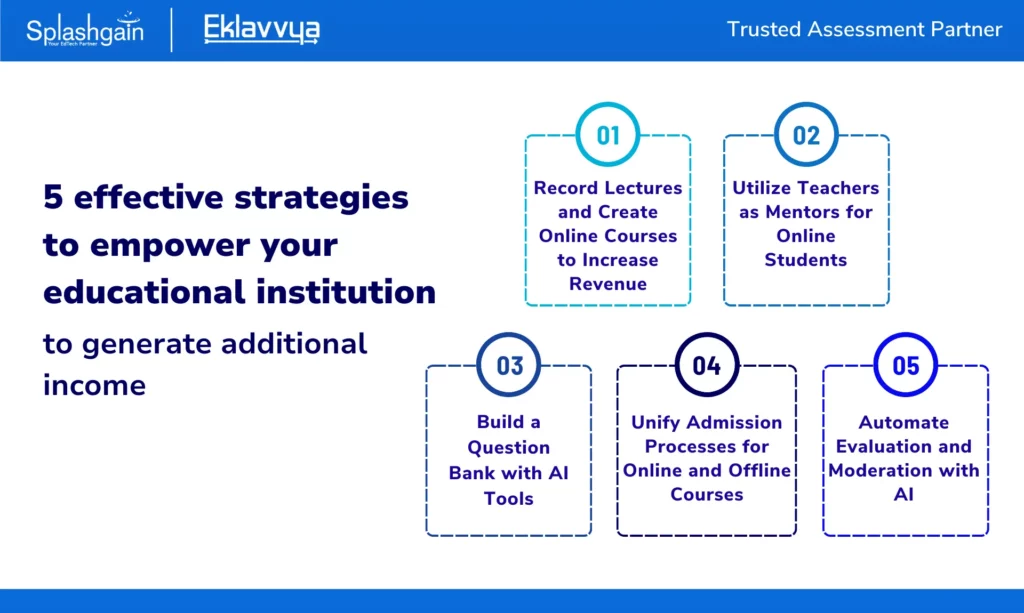
1) Tip 1- Record Lectures and Create Online Courses to Increase Revenue:
In today’s digital age, the demand for online education is skyrocketing. To capitalize on this trend, consider recording your lectures and packaging them into engaging online courses.
This approach allows you to reach a wider audience, expand your educational offerings, and generate additional revenue without the need for extensive infrastructure investments. Over time, institutions can continually update and improve online courses based on student feedback, ensuring their relevance and effectiveness.
Pros-
- Reach a wider audience.
- Expand your educational offerings.
- Generate additional revenue without the need for extensive infrastructure investments.
Cons-
- Learning curve: It is a time-consuming process to make presentable videos while delivering live interactive classes to students.
Technology insights-
- A Learning Management System (LMS) can greatly help you deliver the recorded lectures.
- LMS helps to manage the content and restrict the access of course content to enrolled students.
- LMS ensures that the lectures are accessed by authorized accounts only.
2) Tip 2- Utilize Teachers as Mentors for Online Students:
Maximize the potential of your current teaching staff by assigning them as mentors for students in online programs.
This not only saves on costs but also enhances the quality of online education. Students receive personalized support from experts in their field, which adds a valuable personal touch to their online learning experience.
Consider setting up virtual office hours, discussion forums, or webinars to facilitate teacher-student interactions in the online environment. It’s a win-win situation!
Pros-
- There is no need to invest in new human resources.
- There is no need to invest time in extensive learning; teachers readily know their subjects well.
- The mentoring sessions will provide an opportunity for teachers to guide students of different backgrounds and geographical locations.
Cons-
- Workload management can come up as an issue if work isn’t distributed equally. Providing clear guidelines and setting up dedicated hours for mentoring can help in such a situation.
3) Tip 3- Build a Question Bank with AI Tools:
Creating high-quality question papers for exams and assignments can be a time-consuming process. However, you can streamline this task by leveraging existing question papers to build a question bank using AI tools.
This eliminates the need to hire additional curriculum and question paper designers. Over time, you can enhance the database further with the help of AI, making it an invaluable resource for online exams.
Not only does this save you time, but it also ensures a consistent and fair assessment process. As technology evolves, AI can adapt to changing curriculum requirements, keeping your question bank up-to-date and aligned with educational standards.
Pros-
- Building a question bank with AI tools streamlines the assessment creation process
- Reduces the time and effort required for question bank creation.
- Eliminates the need for additional curriculum and question paper designers and ensures a consistent and fair assessment process.
- Over time, after learning from a large number of question papers, AI can enhance the quality and relevance of the question bank, making it a valuable resource for online exams.
- Ensures that each set of question papers is of the required difficulty level and subject- and topic-wise weight.
Cons-
- The questions prepared by AI need a brief review before actually appearing in the exam. On a better note, with the advent of technology, AI creates questions that you might not reject.
Technology insights-
- AI question banks are highly accurate
- The question papers designed with AI are consistent in terms of difficulty level, subject, and topic-wise mark weight.
- AI can generate random question paper sets with exactly the same difficulty level, which can support exams in a phase-wise manner in case a large number of students are supposed to appear for the exam.

4) Tip 4- Unify Admission Processes for Online and Offline Courses:
Simplify the admission process by offering students the flexibility to choose both online and offline courses during enrollment.
Emphasize the benefits of this dual-track approach during orientation, encouraging students to explore the advantages of enrolling in two courses simultaneously.
This unified admission process not only reduces administrative complexity but also enhances enrollment in online courses.
Modern students often seek flexibility in their educational paths. By streamlining the admissions process and allowing students to customize their learning journey, you cater to diverse learning preferences. Emphasize how this flexibility aligns with today’s dynamic educational landscape, where students can tailor their learning journey to meet their specific needs and goals.
Pros-
- Unifying admission processes simplifies administrative tasks, making it easier to manage both online and offline enrollments.
- The approach enhances flexibility for students, reduces administrative complexity, and encourages enrollment in online courses.
- The approach aligns with the preferences of modern students who seek customizable learning paths, contributing to increased revenue.
- The strategy aligns with the recent policy by UGC that allows allotment for two courses at a time, one in online mode and the other in offline mode.
Cons-
- As this is a new approach to the admissions process, training sessions would be needed for students, and first-time implementation would take relatively more effort.
Technology insights-
- The admissions process can be totally automated with technology.
- The automated admission process is more reliable, fast, and transparent.
- Online admission systems streamline admission form filling, processing, fee payment, merit list generation, and the final seat allotment process with ease.
5) Tip 5- Automate Evaluation and Moderation with AI:
Grading papers and assignments can be time-consuming, but it doesn’t have to be. Imagine automating the evaluation and moderation processes with the help of AI.
Instead of hiring a large number of human evaluators, let AI efficiently handle the initial assessment. Then, a minor human intervention can review and verify the results, reducing the dependency on human evaluators and significantly expediting the grading process.
This approach not only saves time but also resources. Students receive prompt feedback on their work, and educators have more time for academic research and mentoring.
Pros-
- Automating the evaluation and moderation process with AI saves time and resources.
- It enables faster feedback from students and gives educators more time for academic research and mentoring.
- This approach reduces the dependency on a large number of human evaluators, streamlining the grading process and contributing to cost savings.
- You can conduct more assessments for the students which would help them to get personalized feedback for improvement.

Conclusion
Increasing revenue in an educational institution doesn’t always necessitate major infrastructure investments. By implementing these five strategic tips, you can maximize your existing resources while tapping into new revenue streams. Record and digitize your lectures, engage your teachers as mentors, harness AI to build a question bank, unify admission processes, and automate evaluation with AI.
With these strategies, your educational institution can thrive financially while continuing to provide high-quality education to its students.
So, what are you waiting for? Unlock your institution’s potential and embrace these strategies to create a brighter future for both your institution and your students. The possibilities are limitless!
Delivering online education through recorded lectures allows your institution to get access to the digital learning domain. It enables you to deliver education to a broader audience and generate additional revenue without the need for extensive infrastructure or new hires.
Utilizing current teaching staff as mentors enhances the quality of online education by providing personalized support from subject-matter experts.
It saves costs associated with hiring new instructors and fosters a sense of connection between students and faculty. On the other hand, it provides teachers with better exposure by mentoring students from different backgrounds and geographical locations.
Unifying admission processes simplifies administrative tasks that are otherwise done manually, making them automated and thus easier to manage both online and offline enrollments. This approach enhances flexibility for students and boosts online course enrollment. This approach aligns with the preferences of students and also supports the provision of dual degrees proposed by UGC.
Yes, AI can efficiently handle initial evaluations, significantly reducing the need for a large number of human evaluators. A minor human intervention ensures accuracy and fairness in the evaluation process, expediting grading and saving time and resources.
The timeline for results varies based on the specific strategies and the institution’s starting point. Generally, institutions can start to see increased enrollment and revenue within the first academic year of implementation, with more significant gains in subsequent years as these strategies become more integrated and refined.


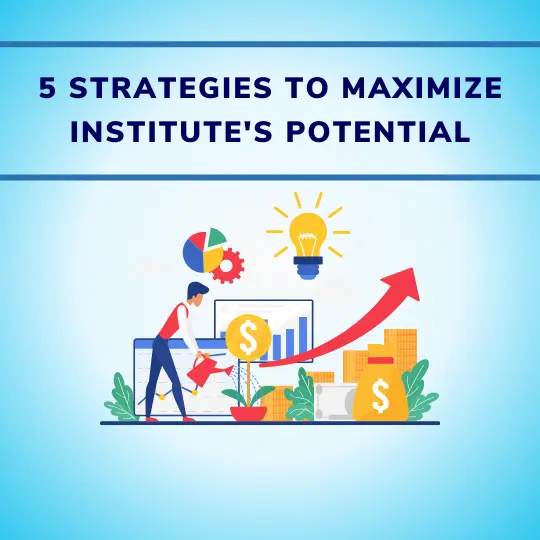
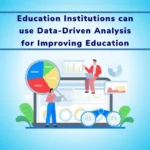
![How Government-Led Exams at 250+ Locations Are Setting New Standards of Integrity [Case Study]](https://www.eklavvya.com/blog/wp-content/uploads/2024/04/Enhancing-Exam-Integrity-Government-Certification-in-250-Locations-150x150.webp)
![Transforming Central Govt. Exams Evaluation: How Onscreen Marking is Leading the Charge [Case Study]](https://www.eklavvya.com/blog/wp-content/uploads/2024/04/How-Onscreen-Marking-Revolutionized-Central-Govt-Exams-Case-Study-1-150x150.webp)
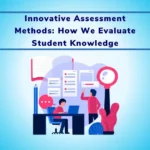
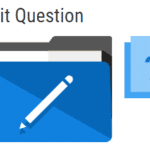
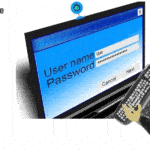
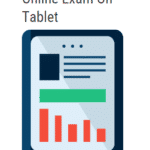









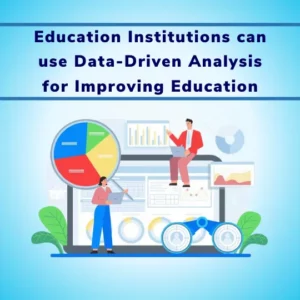
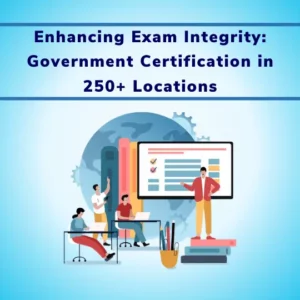
![How Onscreen Marking Revolutionized Central Govt Exams [Case Study]](https://www.eklavvya.com/blog/wp-content/uploads/2024/04/How-Onscreen-Marking-Revolutionized-Central-Govt-Exams-Case-Study-1-300x300.webp)
